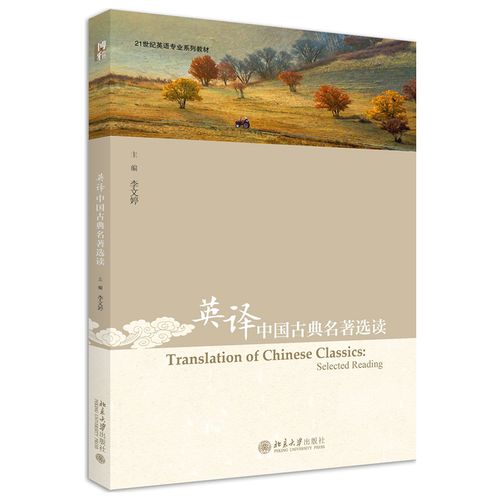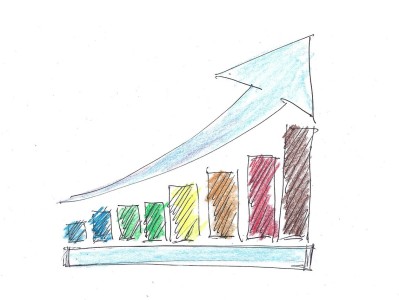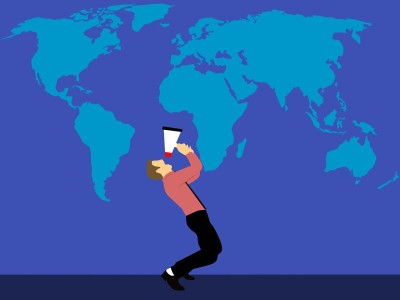中国文学的发展
The Development of Chinese Literature
Chinese literature boasts a rich and diverse heritage that spans thousands of years, reflecting the country's profound cultural, historical, and social evolution. From its ancient origins to its contemporary expressions, Chinese literature has continually evolved, influenced by various philosophical, political, and artistic movements. This article explores the key milestones and themes in the development of Chinese literature.
Ancient Chinese Literature:
Chinese literature traces its roots back to ancient times, with some of the earliest surviving works dating to the Shang Dynasty (1600–1046 BCE). Oracle bones inscribed with early Chinese characters provide insights into religious, political, and social practices of the time. The Zhou Dynasty (1046–256 BCE) saw the emergence of classic texts such as the "Book of Songs" (Shijing), which contains poems reflecting the lives, values, and rituals of ancient Chinese society.
Classical Chinese Literature:
The Classical period (circa 200 BCE–900 CE) witnessed the flourishing of philosophical and literary works that have profoundly influenced Chinese culture. Notable texts include Confucius' "Analects," which expound ethical and moral principles, and Laozi's "Tao Te Ching," which explores Daoist philosophy. During the Han Dynasty (206 BCE–220 CE), historical records like Sima Qian's "Records of the Grand Historian" (Shiji) set the standard for Chinese historiography.
Tang and Song Dynasties:
The Tang (618–907 CE) and Song (960–1279 CE) dynasties are considered golden ages of Chinese literature. Poetry reached its zenith with poets like Li Bai and Du Fu during the Tang Dynasty, who captured the beauty of nature and the complexities of human emotions. The Song Dynasty witnessed the rise of the ci poetry form, characterized by its lyricism and emotional depth, as seen in the works of poets like Su Shi and Li Qingzhao.
Yuan, Ming, and Qing Dynasties:
The Yuan (1271–1368), Ming (1368–1644), and Qing (1644–1912) dynasties saw the diversification of literary genres and themes. Yuan drama, notably the works of Guan Hanqing and Wang Shifu, explored themes of love, justice, and societal change. Ming literature encompassed a wide range of genres, from the vernacular novels of the late Ming to the philosophical writings of figures like Wang Yangming. Qing literature reflected the turbulent political and social landscape of the time, with writers such as Cao Xueqin crafting monumental novels like "Dream of the Red Chamber."
Modern Chinese Literature:
The 20th century witnessed significant transformations in Chinese literature, marked by the May Fourth Movement in 1919, which advocated for literary reform and social change. Writers like Lu Xun emerged as influential figures, using literature as a tool for social criticism and enlightenment. The Republican era (1912–1949) saw the rise of modernist literature, with authors experimenting with new forms and themes.

Contemporary Chinese Literature:
Contemporary Chinese literature reflects the complexities of modern Chinese society, addressing issues such as globalization, urbanization, and cultural identity. Writers like Mo Yan, winner of the Nobel Prize in Literature in 2012, continue to explore diverse themes and styles, bridging the gap between tradition and modernity. The proliferation of digital platforms has also facilitated the dissemination of literature, allowing for greater accessibility and diversity of voices.
Conclusion:
The development of Chinese literature is a testament to the richness and resilience of Chinese culture. From its ancient origins to its contemporary expressions, Chinese literature has continuously evolved, reflecting the dynamic interplay between tradition and innovation, individuality and collective identity. As China continues to undergo rapid social, economic, and cultural changes, its literature will undoubtedly remain a vital means of expression, reflection, and interpretation for generations to come.





